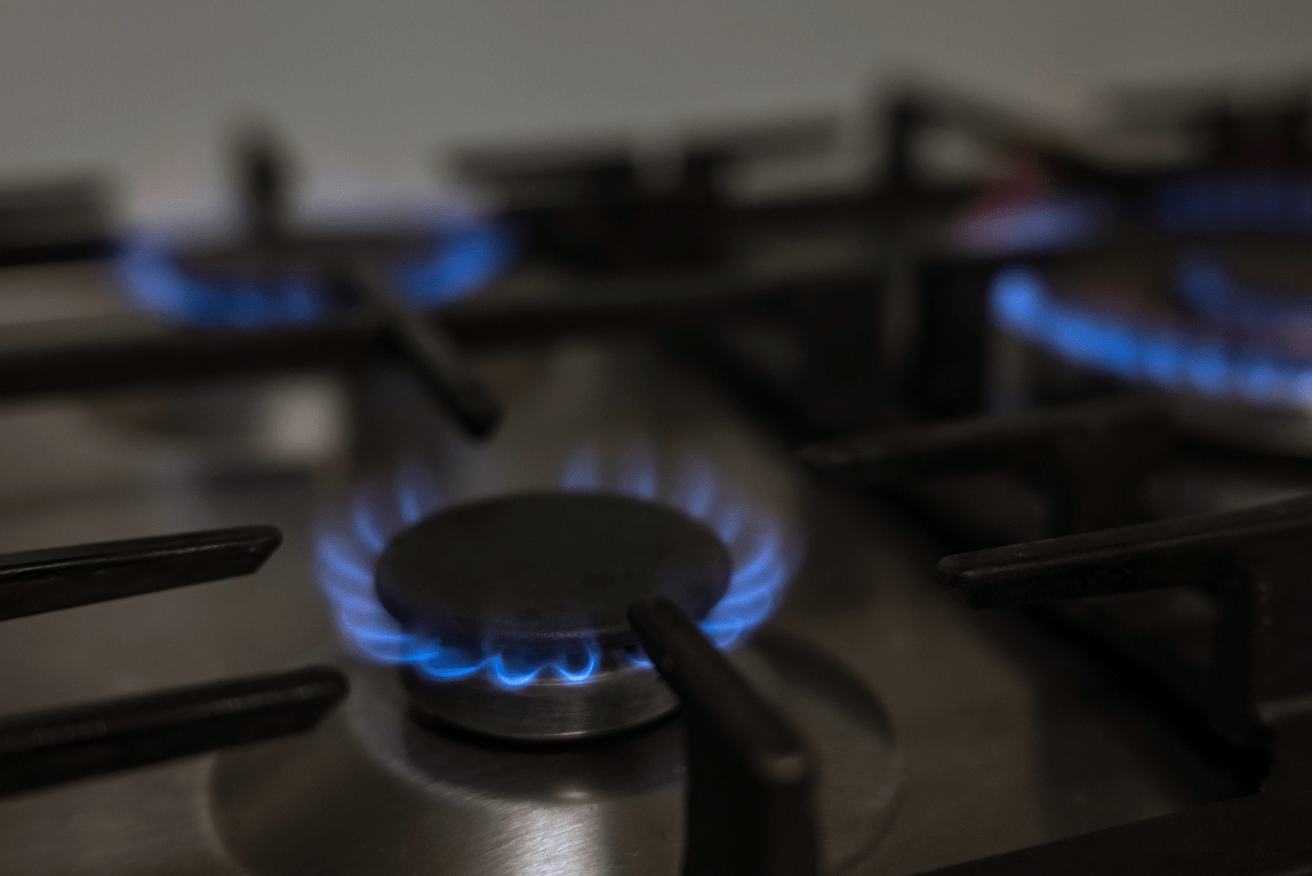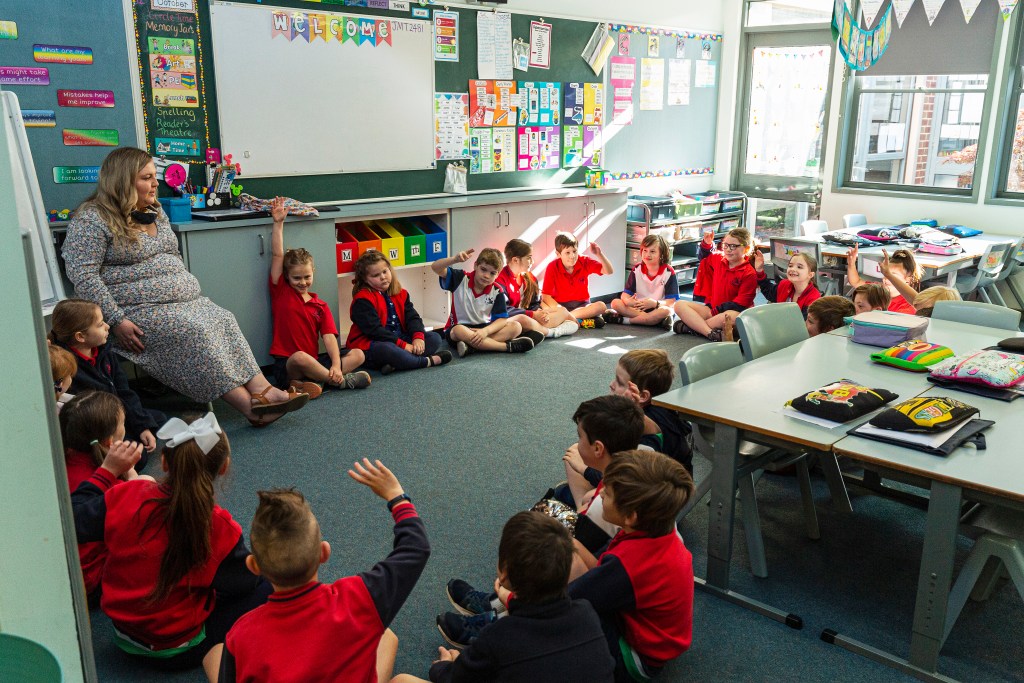Expect gas prices to keep rising, despite federal strategy


The federal gas strategy has opened the door for more new gas projects. Photo: Getty
The Albanese government’s gas strategy has made it clear gas will remain part of Australia’s transition to net zero by 2050, despite dissent in the party room, criticism from climate and environmental advocates, and a rising cost of household gas.
In the strategy, the federal government states it will “work with states and territories” to ensure gas remains affordable and launch new projects in the future.
Dr Liam Wagner, associate professor in sustainable energy systems at Curtin University, said the state government-led transition from gas fixtures and amenities to electrical energy is already driving up the baseline cost of gas for consumers.
“The network changes have to be divided over a smaller customer base,” he said.
“We’ll see network charges for gas going up.
“By the end of the 2030s, gas demand in Australia, particularly for households, is going to fall off a cliff.”
The federal government said it would work with states and territories to ensure gas remains affordable for those still relying on it for heating and household needs.
Backbenchers Josh Burns, Jerome Laxale, Sally Sitou and Josh Wilson have publicly expressed concern about the strategy, according to The Guardian Australia.
Tweet from @JoshButler
Environmental concerns
Dr Jennifer Rayner, the Climate Council’s head of policy and advocacy, said more gas means more climate pollution and a more dangerous future.
“Signing Australia up to a future made on gas ignores climate scientists, who warn we are at risk of smashing through 1.5 degrees Celsius of warming,” she said.
“It ignores forecasts of a global oversupply of gas and the government’s own strategy to develop the workforce and supply chain for clean industries, which can power the next era of Australian prosperity if we go all in on them now.”
Gas currently provides 27 per cent of Australia’s energy and 14 per cent of the country’s export income, while employing 20,000 people.
Professor Ken Baldwin, Emeritus Professor at Australian National University, said the reality of the government’s gas strategy isn’t that simple.
“What they’ve done is provided a plan for a gradual decarbonisation, which means a reduction in the amount of gas,” he said.
“Some gas will remain in the system, for example, electricity generation, probably into the 2040s period leading up to 2050.”
He said a decision will need to be made on how to decarbonise the use of gas to firm renewable energy sources.
“This is something that will need to be done infrequently and unpredictably because it’s weather dependent. But nonetheless, there is some generation required at times when renewables aren’t operating,” Baldwin said.
“That’s a decision that will be made once the technology is more advanced and more options are on the table.”
New technologies
The government also signalled it would pursue offshore carbon capture and storage to reduce the impact of fossil fuel production and use.
Wagner said it is possible to run Australia’s electricity sector solely off renewables with enough investment.
“It’s going to require a significant investment not only in renewable technology, but the poles and wires,” he said.
“With the budget coming up, we should make every state primary school is a power station, in terms of putting solar panels and having solar and battery storage.”

Wagner would like to see the federal government invest in batteries, solar panels and transmission at every state school. Photo: Getty
Baldwin said one option available to Australia is an expensive and vast overbuild of renewable energy projects.
“Another option may be to use extra renewable capacity to produce hydrogen and store that for times when renewables aren’t operating and then burn it, but that’s inefficient and would again require significant overbuild,” he said.
“The last option, which has been talked about recently, is small modular nuclear reactors, but there might even be others coming into play.”








